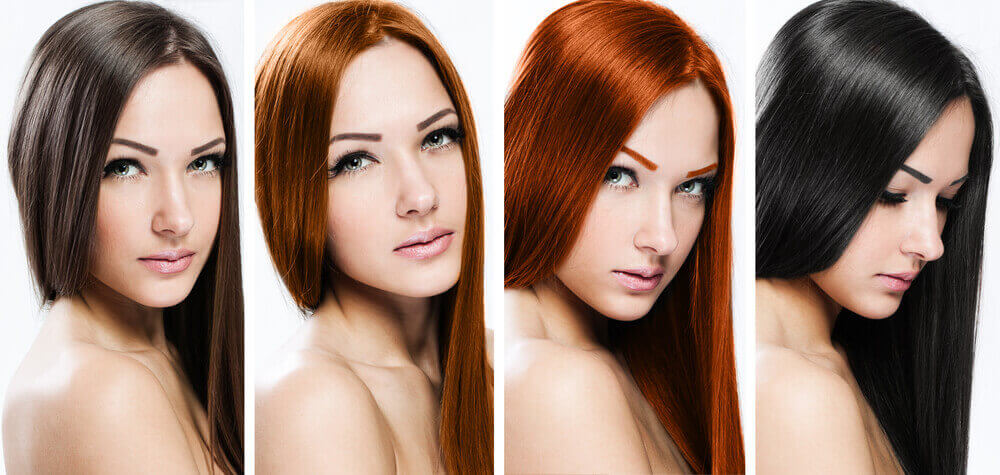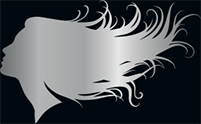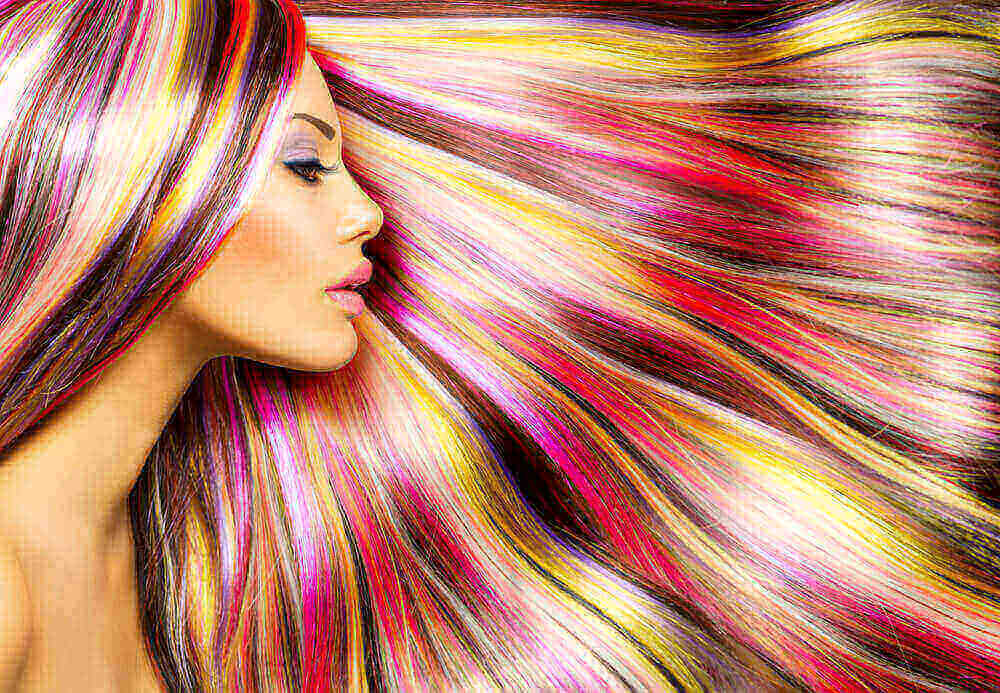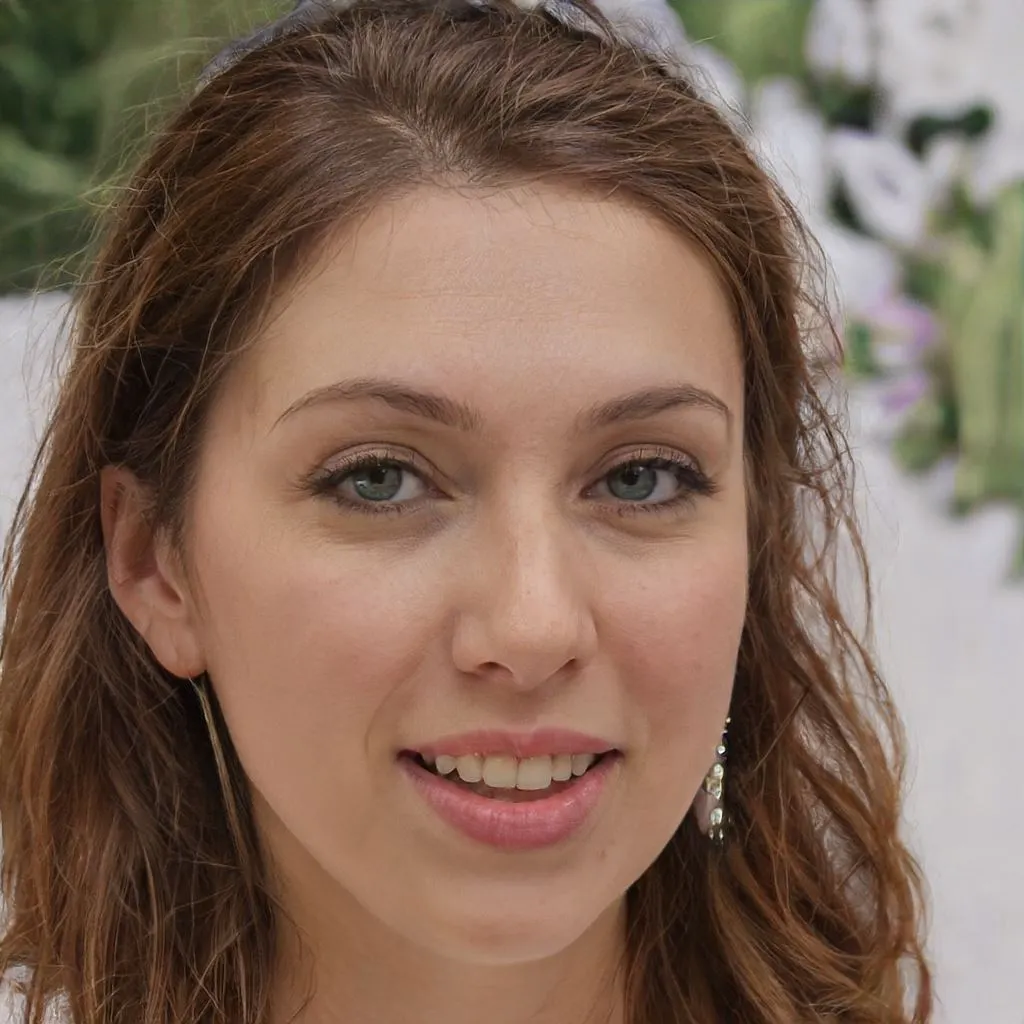Are you looking for a new hair color look but find the long list of hair coloring techniques so confusing that you don’t know where to start? If so, you’re not alone. We asked Francesca Dixon, Hari’s Creative Colorist, to decode some of the most popular hair coloring techniques for us, from Balayage to Ombré. Here are the 7 best to help you prepare for your next hair appointment.
Top 7 Popular Hair Coloring Techniques
Below are some of the top popular coloring techniques.
1. Balayage
This hair coloring technique creates sun-kissed splashes throughout the hair that appear super soft. The look is achieved by interspersing highlights with natural colored hair and back-combing colored sections to soften the lines. Another technique is to paint diagonal hair pieces, leaving some areas untouched. Balayage is a subtle, lived-in color style that is low maintenance as it can be built over time. It is suitable for all hair types and colors and is the perfect option when you want to freshen your hair color but are not ready for a complete overhaul.
2. Wet Lights
Wet lights are created by painting highlights free-hand onto wet hair. It creates a halo of light that brightens up the existing color of the hair and is ideal for softening a harsh hairline or breaking up fluffy regrowth. Wet lights are quick to apply and 50% healthier for the hair than other hair color treatments. Because it is used to dampen hair, the cuticles open up, reducing the risk of extreme damage. It leaves the hair looking healthier, firmer, and smoother in half the time of conventional hair color treatments. This hair color technique suits bleached, brassy blonde, or over-processed hair.
Also Read:
3. Ombré
This technique is created by melding darker roots into lighter ends. Whereas with Balayage, pieces are picked up, leaving natural shade in between; with this technique, every strand of hair is picked up and colored from the mid-lengths to the end. The results are more apparent than Balayage as there is no blending of natural color through to the ends. Your hairstylist must know how to blend the color consistently throughout the hair to prevent it from looking like a dip-dye job.
4. Highlights
This is one of the oldest hair brightening techniques but is still the preferred choice of most women. Highlights are applied by applying product to sections of hair from the roots to the ends. Each unit is carefully folded into foil strips leaving natural cells of hair color untouched. Heat is applied to encourage the foil to lift the color to the desired shade. This versatile technique allows you to have fine strands of brightness or chunky highlighted sections with natural color in between.

5. Lowlights
As with highlights, this technique also includes a natural base tone, but the product is applied from the mid-lengths to the ends of the hair shaft. It is used to add definitions and create a ‘shadow effect’ or break up any ‘block’ effects from previous highlights. Because the application of color is dispersed among the hair’s natural color, it softens regrowth, reducing the need for retouching. Lowlights are ideal for those who want a subtle difference with a hint of color that catches the light.
6. Permanent Color
Permanent color covers the entire head of hair from roots to ends. It can enhance the hair’s natural hue, brighten it up by adding shine and smoothness, or make a drastic change. When washed, the color won’t fade as it permanently bonds to the hair’s cuticles. This hair color technique is usually applied to cover hair that is more than 70% gray or to cover stubborn strands of gray that resist other color techniques. For those with fine hair or a few sparse strands of gray, permanent color can appear too unnatural. Semi-permanent color will be a better choice as it is less harsh on the scalp and hair and doesn’t look artificial. However, make sure you use natural hair care products to make hair healthy, as natural hair care products are beneficial.
Also Read: How to Style Permed Hair in the First 48 Hours
7. Reverse Balayage
This technique is applied on Ombré’d for clients who want to change to a more natural, broken-up hair color. It is also used for Balayage hair that has been over-processed by repeated application of paint to the identical strands of hair, leaving the hair with an Ombré’d look. This technique is about adding a more natural color to change the look. A natural shade of color is painted from the mid-lengths to the ends, giving the hair more definition. It is mostly used to reverse the look from Ombré to Balayage. Reverse Balayage is suitable for most hair types but works best on hair with lighter hues – for example, applying coffee tones to blonde strands of hair.
Thus, if you are looking for expert hair coloring services, we at VIP Hair Salon in Boca Raton provide the best hair services, make up services and bridal hair styling too.


